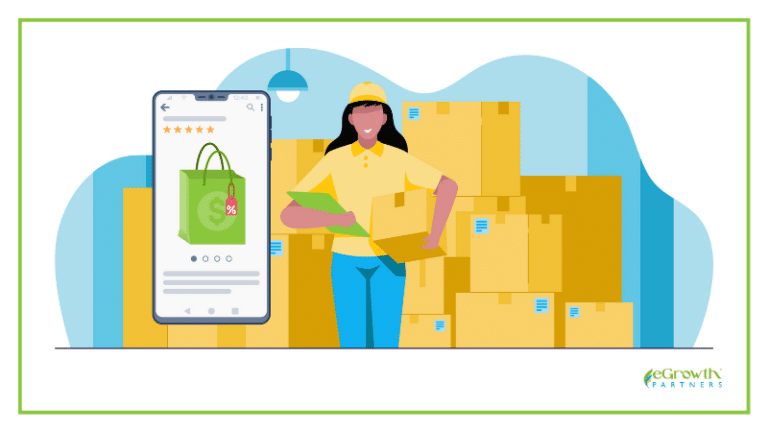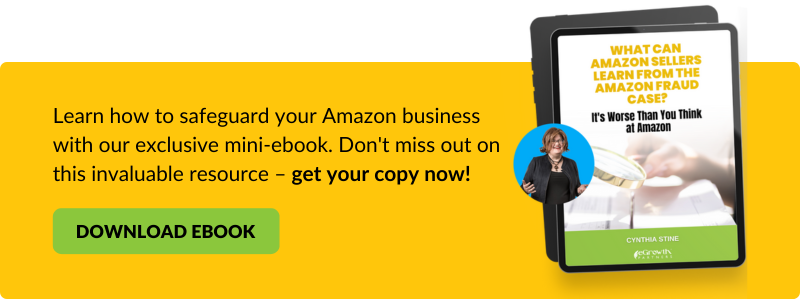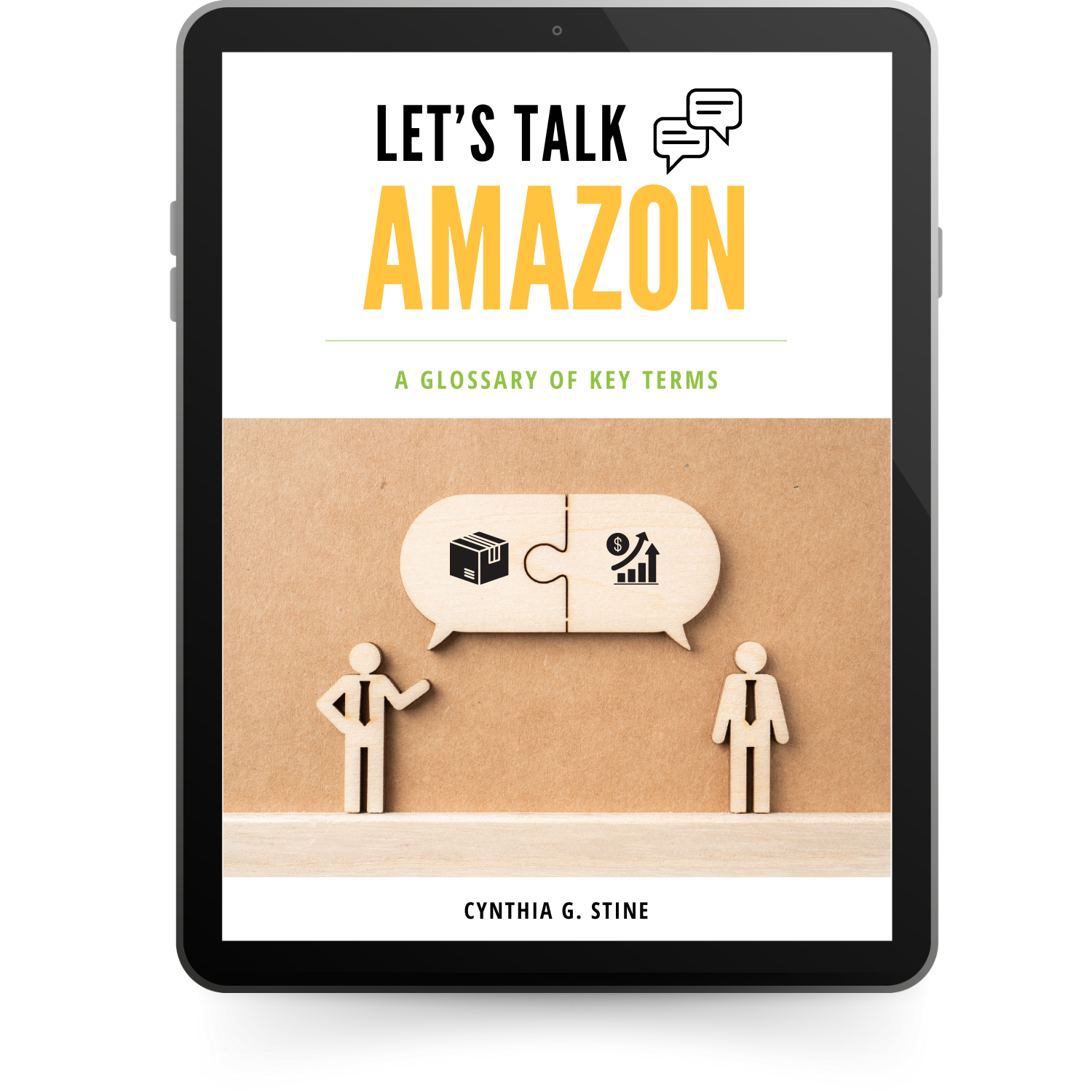Little Known, Amazon Certified Frustration-Free Packaging Has Growing Role for All Brands on the Platform
A recent story in the Wall Street Journal served as a reminder to me that the future of selling on Amazon is packaging. Once relegated to fragile, liquid, or frustrating products (think of all those Barbies and the millions of twist ties securing them in place), Amazon Certified Frustration Free Packaging has taken on new purpose with Amazon’s Sustainability program and pledges to further reduce waste and packaging.
Many brands and brand sellers have already noticed that Amazon is not necessarily putting their item into a box anymore. It might be in a bag, or it might just be no packaging and a label plastered on the side. This means that buyers are getting a wide variety of experiences, returns are higher, and you are footing the bill. It’s not going to get any better, my friends.
I have good news and bad news for sellers: Frustration Free packages are really great and they work, but it takes time and money to get it done.
Amazon Certified Frustration Free Packaging Pros
- Economical
- Perfect sizing
- Recyclable, plastic-free and eco-friendly
- Consistent buyer experience
- Amazon buyers are familiar with it
- Less Damage/Fewer returns
- Easy to Open
- Cheaper shipping costs
- Competitive advantage
- No one can mess with your box measurements
- Easier to prove counterfeits*
- Amazon incentives if you act before the end of the year
- New self-testing option for non-fragile items speeds the process
- Vetted packaging testing experts through APASS Network
- Amazon supports Certified Frustration Free packages with exposure
- Packages allow for full use of internal real estate
- Promote your brand with or instead of Amazon’s
*This is for direct-to-Amazon brands. For brands that sell multi-platform with separate packaging for different channels, be aware that Amazon will allow other sellers to sell non-frustration-free packages if they are bought from an authentic source.
Certified packages are pretty amazing. They are tough, yet light. Once in production, they generally aren’t any more expensive than regular packaging and sometimes much less. They are sized to be as small as possible which is desirable since the bigger the package, the higher Amazon’s FBA fees. No one can mess with the dimensions of a certified frustration free package. It is set in stone. For those of you bedeviled by bad actors who keep changing the dimensions of your packages, this is your solution. Additionally, if you sell direct-to-Amazon, any counterfeiters will be easy to spot since they generally won’t match your packaging.
For buyers who are concerned about waste and recycling, this can be a competitive advantage for your products. Generally, buyers are more satisfied with frustration-free packaging and appreciate the effort that goes into it. They will choose it over regular packaging. I don’t have the stats on this, but our clients who have both types of packaging can see for themselves that buyers want FF packages. Anyone who has bought a Kindle or any of Amazon’s devices has experienced frustration free packaging.
One of the hallmarks of a certified frustration free package is full use of internal real estate. You can use color, words, designs, instructions, etc. inside the box to communicate with buyers. You can explain how this package is more eco-friendly if that is important to your buyers – anything you want. Amazon uses inside the box to instruct buyers on how to set up their Kindle, for example. Other brands may duplicate the colors and logos of their retail packages inside the box so consumers can trust they are getting authentic products. There is a lot of opportunity for branding and buyer support.
As an additional enticement, Amazon is offering incentives through December 2023. I also imagine Amazon will offer new incentives from 2024 onwards. They are committed to their sustainability program, and this is a smart way to hit some of their targets. A new(ish) non-fragile, non-liquid self-test speeds up the approval process for many items on Amazon because you no longer must send it to Amazon for testing.
Amazon also supports Frustration Free packages with greater platform exposure, a separate listing, more time in the buy box and more. Their perspective is FF packages create a better buyer experience, so they boost those listings. If you go to a brand that offers both FF and regular boxes (or perhaps there are 3P sellers selling the retail version), you will see the FF option just like buying a book offers Kindle, hardback, audio, etc., but the FF version will get priority because it offers greater buyer satisfaction and fewer returns. In addition, buyers are aware that they are definitely buying from the brand if they choose FF packaging.
One big benefit for brand owners is not one they hype AT ALL, but if the product is in YOUR box with YOUR brand going to the consumer (called SIOC or “ships in own container”), that’s better for you. By looking at some of Amazon’s case studies, you can see how some brands have really embraced that fact. Check out the Samsung and Colgate examples.
With Amazon dumping everything into a plastic bag or just slapping a label on it anyway, you have to consider it because your package is going to be abused and the returns and unhappy buyers are your problem, not Amazon’s.
Amazon Certified Frustration Free Packaging Cons
- Testing takes time – may need multiple design versions before your box is certified
- Need to work with an approved designer (technically you don’t have to, but it would be smart to)
- Initially, design costs may be higher
- Potentially requires different packaging for selling online vs brick and mortar*
- Less opportunity for external package differentiation and branding*
- Separate SKU
- Paperwork
*Amazon has some really clever examples of brands that have managed to use the same packaging for retail and online. Most brands either brand the box as Amazon or their own brand. See the Colgate example here.
Amazon has done a great deal to make this program easier and faster than when I first wrote about it 10 years ago, but it is still money and effort up front for benefits later. There are requirements for the outside of the box that limit how much you can decorate it, basically. It has to be able to get through Amazon’s warehouses and through USPS and UPS/FEDEX, etc.
Unless this is a brand-new product to Amazon, you will need a separate SKU to differentiate between the FF packages and regular packages. As I mentioned earlier, it will appear on the same listing, but as a different offering. This is not a big deal for most sellers. The testing and paperwork is a pain, but it is also your shield against bad actors.
How Amazon Certified Frustration Free Packaging Works
There is a greater urgency for brands to get certified now before Amazon makes it mandatory. Amazon is already selectively reaching out to brands to get certified, and mandatory participation at some point is not so difficult to predict.
If you are designing a new product right now, as a best practice, you should design it to be certified frustration free package. A little time now will save you a huge headache down the road. We all know how Amazon operates.
Over the years, we’ve helped many sellers get approved for Amazon’s Certified Frustration Free Packaging program. Here are the steps:
- Watch this video from Amazon about Frustration-Free packaging programs atAmazon Status Update.
- Determine how much waste can be eliminated with this certification (the incentives are based on waste reduction) vs traditional retail packaging.
- Work with an approved package designer to get certified – these guys have experience getting packages approved and have, most likely, already designed the packaging you need for your product for another brand.
- Enroll in Amazon’s program.
- Wait.
- Go into production.
I mentioned that Amazon may mandate certified frustration free packaging in the future. I don’t think they will come up with a rule. Rather, they will incentivize those who comply and punish those who don’t. What this might look like is more and more warnings and takedowns for returns and buyer product quality/packaging complaints. Think of how they enforce price parity today. Since they are not legally allowed to insist on price parity, they simply suppress your listing and then give you repricing tools to match the lowest price out there.
I suspect that they will push more and more brands to packaging that is less wasteful and that doesn’t require a box from Amazon to ship over the next five to ten years. It saves Amazon a lot of money and helps burnish their eco-credentials. It will also save brands money over time and burnish their eco-credentials. It is often less expensive than retail packaging, costs less to ship and, with Amazon’s incentives, can offer huge savings for high volume products.
I recognize that for new brands without high volume, this can be daunting. It is one more cost and adds time to the process of going to market. However, the support from Amazon for FF packaging could help you grow faster. You need to factor that into your planning. It may be that you want to wait until you have a certain volume of sales, and the product is performing. These are all strategic decisions to think about just as important as designing the product itself. While many brands spend time on the beauty of their product packaging, they don’t always think about shipping it. Now they will.
If you are interested in looking at Amazon Certified Frustration Free Packaging for your products and would like some help navigating the process or thinking through strategic issues, give us a call. The incentives last for a year after you are certified as long as it is before December 31, 2023. It is not too late.





